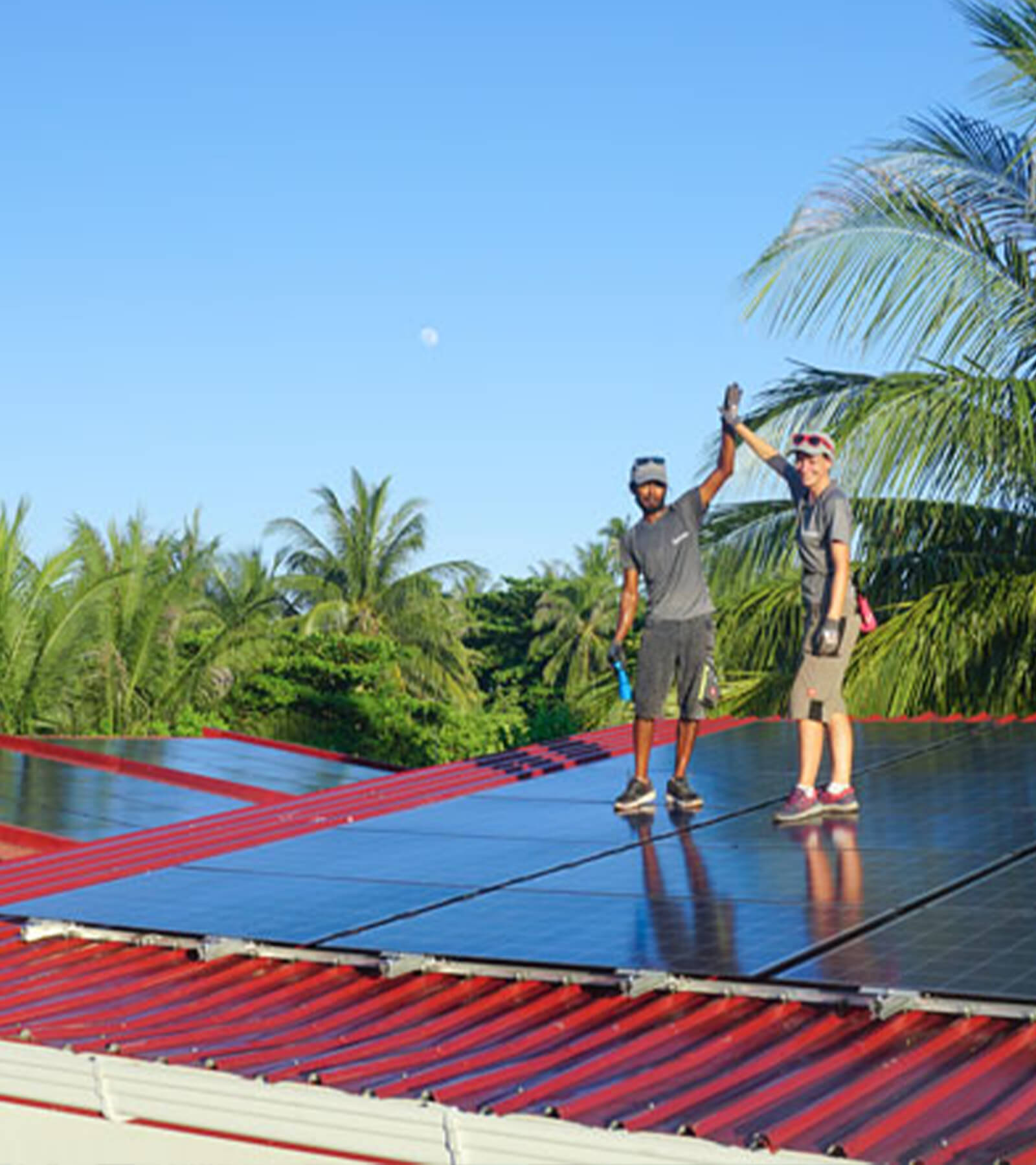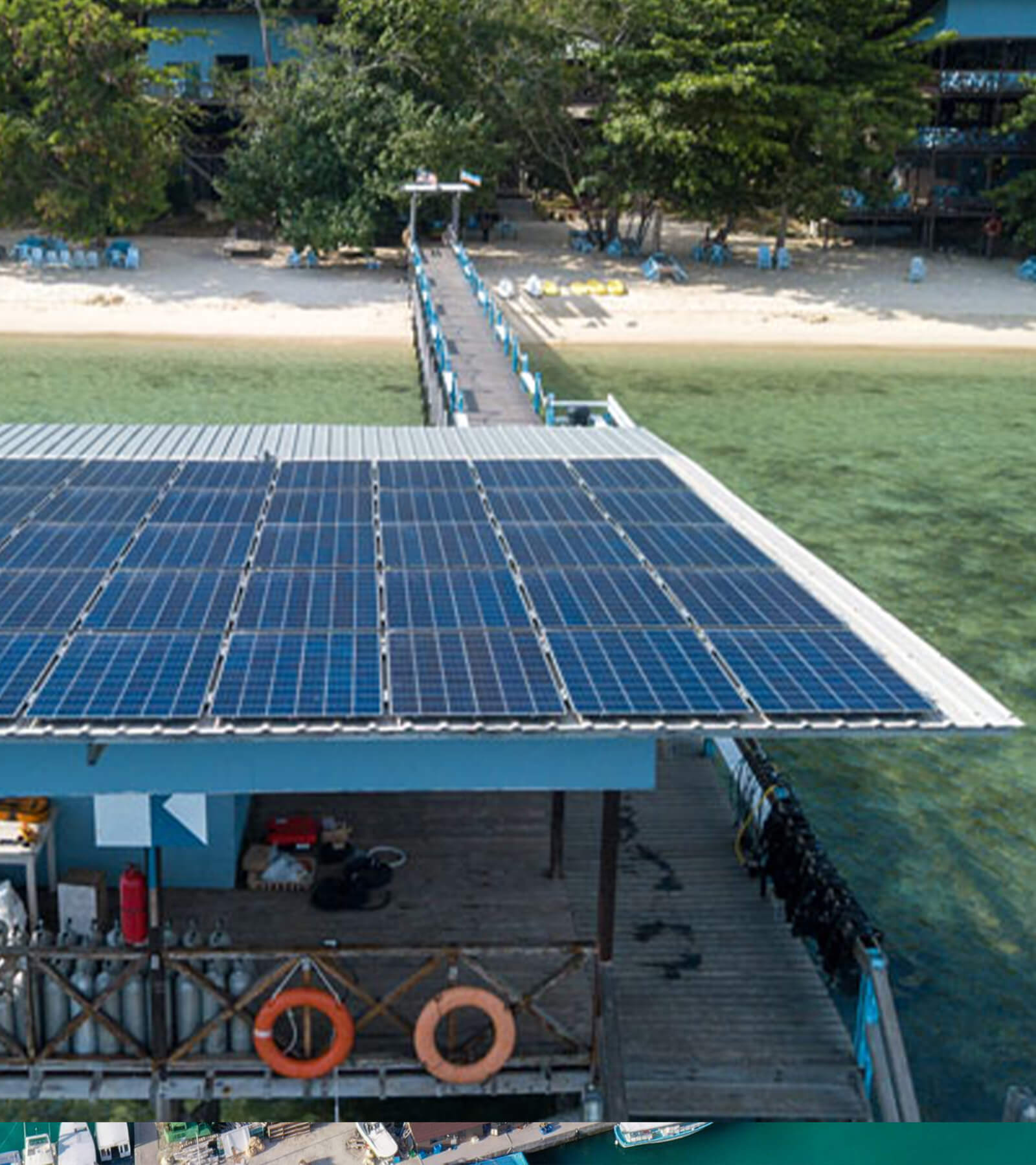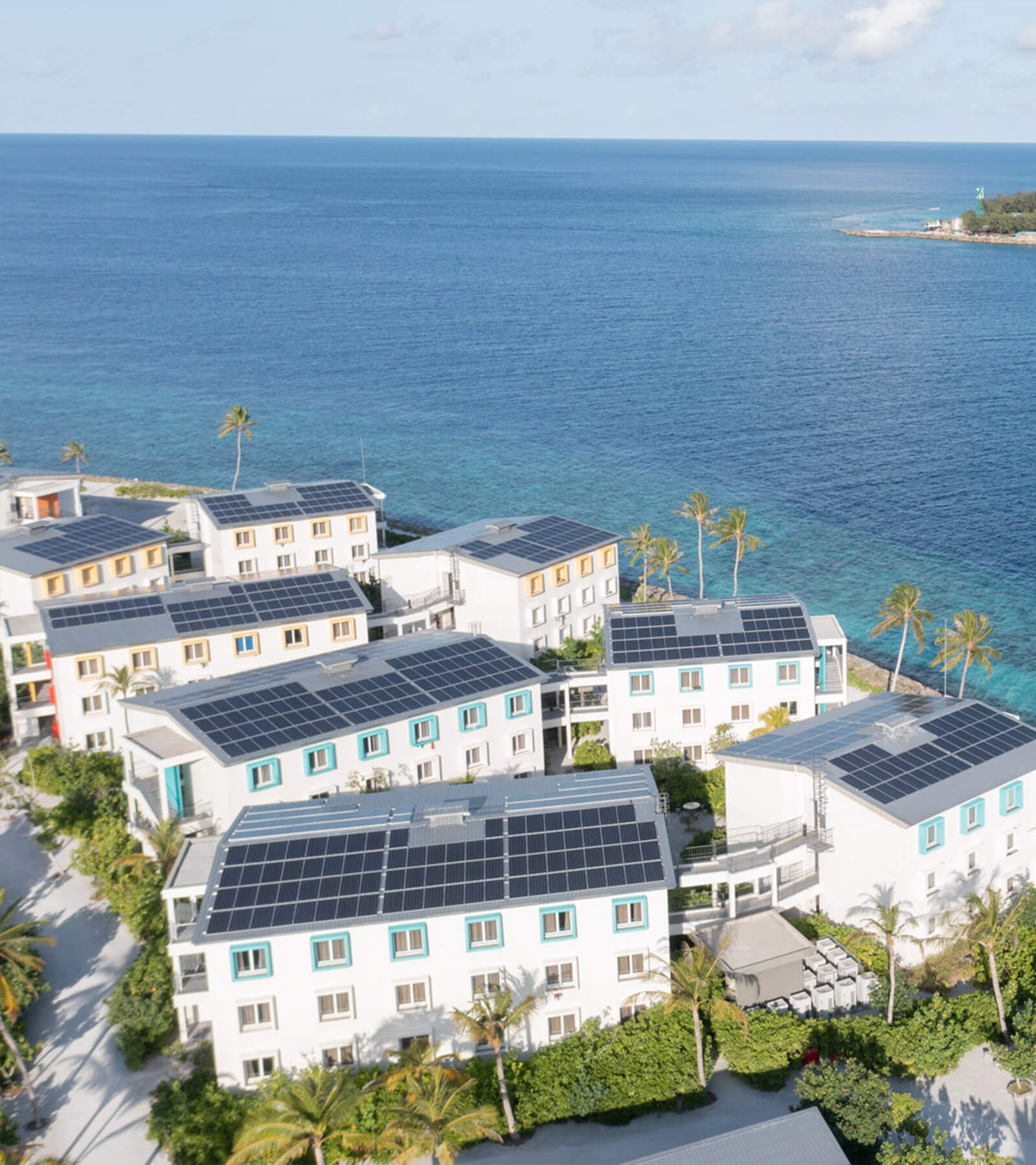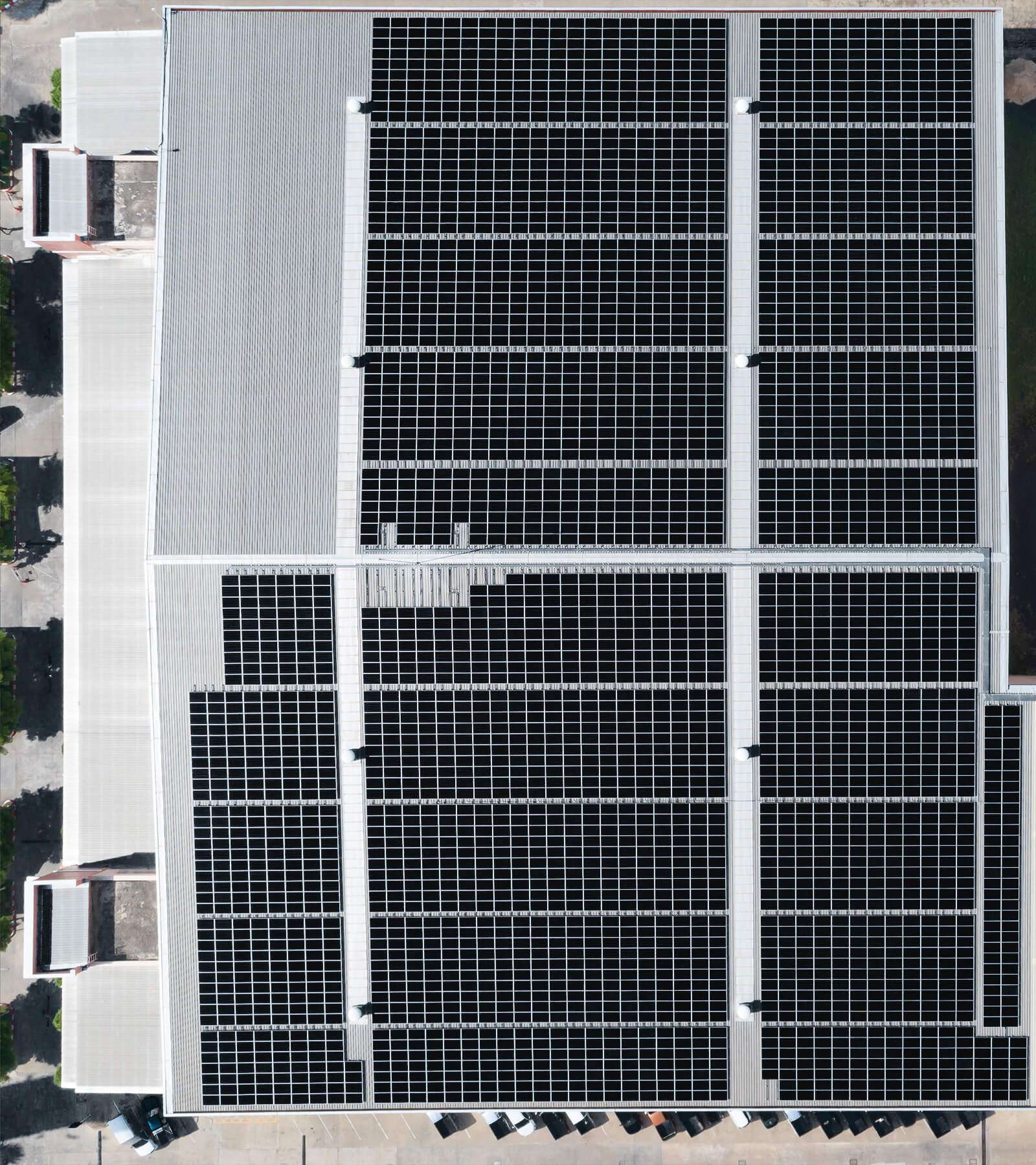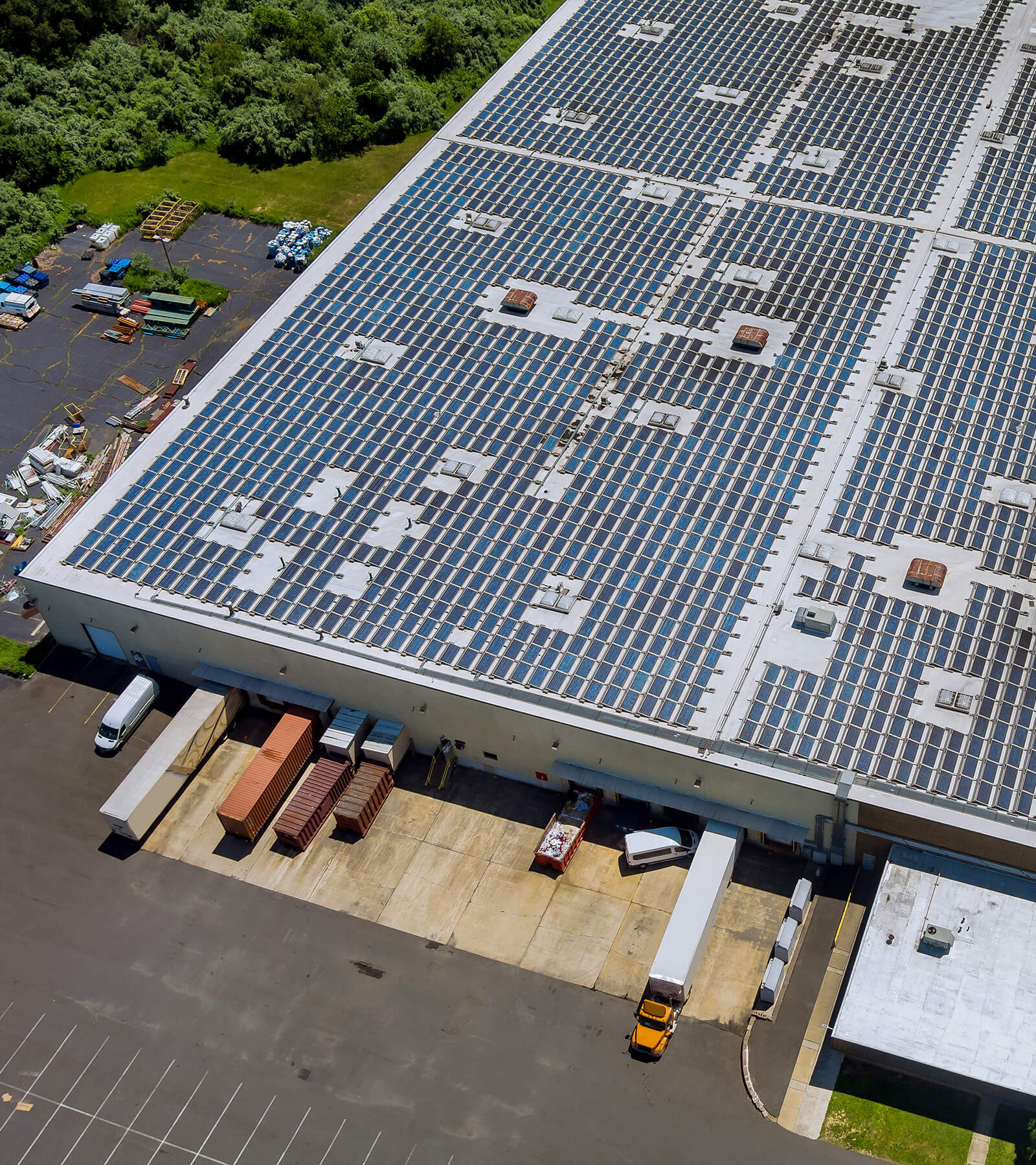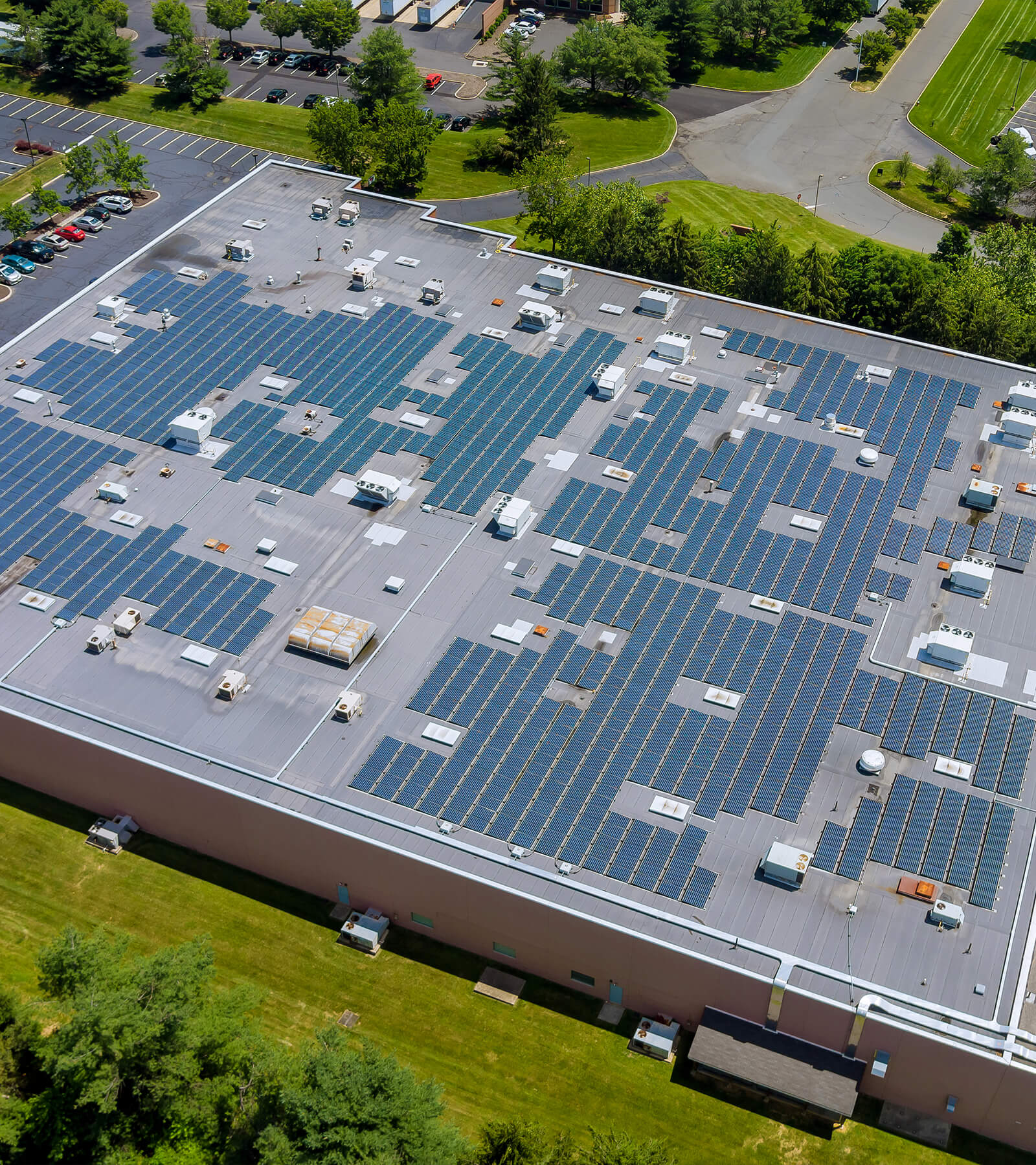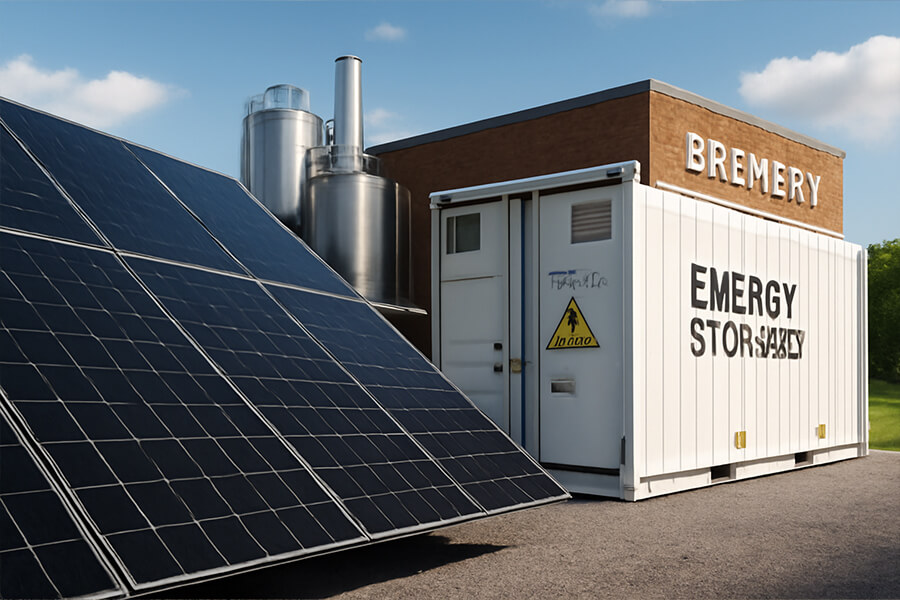End fuel convoy risks & noisy generators! The BESS Container Military Microgrid delivers EMP-hardened, silent power for resilient forward bases. Cut logistics, boost stealth.

The Achilles’ Heel of the Front Line (The Pain Point – Humorously Stated)
Forget exotic drone jammers or next-gen stealth fighters for a moment. Ask any seasoned logistics officer what keeps them up at night, and you might be surprised: it’s the humble fuel convoy. Frankly, many would rather face the enemy’s latest drone swarm than sign off on another high-risk diesel delivery run. And the stats scream why:
-
Fuel Convoys: The Real “Most Dangerous Game”? “The most dangerous part of the mission? Sometimes, it’s just driving the diesel.” This isn’t hyperbole. During the withdrawal phase from Afghanistan (2021-2022), attacks on logistics convoys, primarily targeting fuel, represented a significant portion of coalition casualties and vehicle losses. While comprehensive 2025 classified data isn’t public, the pattern remains starkly relevant. A 2023 RAND Corporation analysis for the DoD highlighted that protecting fuel supply lines consumes disproportionate resources and remains a top vulnerability in contested environments, directly impacting operational tempo and personnel safety. Reducing these “bullseye” convoys isn’t just about saving money (though at ~$400 per gallon delivered to some remote FOBs, that’s nothing to sneeze at); it’s about saving lives.
-
Noise Signatures: Broadcasting Your Coordinates… Loudly: Picture this: your forward operating base (FOB), shrouded in tactical darkness. Then… the symphony starts. “Generators roaring like disgruntled dinosaurs are basically a ‘We Are Here!’ beacon on the battlefield.” Modern sensors are ruthlessly efficient. A 2024 study by the Naval Surface Warfare Center (NSWC) Carderock Division quantified that standard military diesel generators can be acoustically detected by sophisticated ground sensors at ranges exceeding 7 kilometers under typical conditions. That’s a massive, unsecured perimeter dictated not by defenses, but by decibels. Stealth isn’t just for jets anymore.
| Power Source | Typical Noise Level (dB @ 1m) | Approx. Detection Range (Quiet Terrain) | Effect on FOB Signature |
|---|---|---|---|
| Standard Mil Diesel Generator | 80-100 dB | 5-10+ km | High – “Here We Are!” |
| Solar PV Array | 0 dB (Operational) | N/A | None |
| Advanced BESS Container | < 30 dB (Near Silent) | Near Zero | Very Low – “Silent Watch” |
-
Grid Dependence: A House of Cards in a Hurricane: “Tied to a fragile local grid? In a near-peer conflict scenario? That’s like relying on dial-up internet during a synchronized cyberattack – a recipe for instant obsolescence.” Recent history provides chilling examples. The February 2023 attack on the Dobrovska power plant near Kyiv plunged parts of the city into darkness and hampered communications, showcasing the vulnerability of centralized infrastructure. Even domestically, events like the December 2023 cyber-physical attack causing a 72-hour outage at Joint Base Lewis-McChord (JBLM) demonstrated that critical military installations aren’t immune. Relying on external grids or single points of failure for power isn’t just inconvenient; it’s a critical vulnerability that can cripple command, control, communications, and intelligence (C3I) in moments.
Enter the silent, armored guardians of modern energy resilience…
The Armored BESS Container: Your Silent, Rugged Power Bank (The Core Solution – Professional with Wit)
So, what are these “silent, armored guardians” poised to tackle the vulnerabilities of the front line? Meet the Armored Battery Energy Storage System (BESS) Container – the high-tech heart of the modern military microgrid. This isn’t your average grid-scale battery; it’s a power fortress designed for the harshest realities of the battlefield.
-
Ruggedized: “Built tougher than a boot camp sergeant.” These containers laugh in the face of potholes, sandstorms, and Arctic chills. They achieve this by rigorously adhering to MIL-STD-810H, the gold standard for environmental testing. This means proven resilience against extreme shock, vibration, temperature swings (-40°C to +70°C is common), humidity, and altitude. Companies like Lockheed Martin (with their GridStar® line emphasizing ruggedization for defense) and Saft (a leader in military-grade batteries, supplying systems for programs like the US Army’s BCT Microgrid) design and integrate containers specifically to meet or exceed these brutal requirements. They’re engineered to deploy, operate, and survive where lesser equipment fails.
-
EMP/IEMI Hardened: “Shrugs off electromagnetic pulses like they’re bad pickup lines.” In an era where electromagnetic warfare is a dominant threat, resilience is non-negotiable. Modern armored BESS containers incorporate hardening to standards like MIL-STD-188-125 (specifically for Ground-Based Facilities) and MIL-STD-461G (for equipment emissions and susceptibility). This hardening is a direct response to the DoD’s heightened focus on EMP/IEMI threats, emphasized in directives following widespread awareness campaigns and vulnerability assessments post-2022. The 2024 Defense Authorization Act further prioritized funding for hardening critical infrastructure, including energy systems.
-
Silent Operation: “Whisper-quiet, making generator noise a thing of the past – your acoustic signature just got classified.” This is the game-changer for stealth. While active cooling fans might produce minimal sound, the core battery operation itself is near-silent. Compare this to the constant roar of diesel:
| Power Source | Typical Operational Noise Level (dB @ 7m) | Tactical Impact |
|---|---|---|
| 60kW Military Diesel Gen | 70-85 dB | Detectable by sensors kilometers away. |
| Advanced Armored BESS | < 30 dB (often 20-25 dB) | Near silent. Acoustic signature virtually eliminated. |
-
Data based on manufacturer specs (e.g., Saft Intensium® Max military variants, Lockheed Martin GridStar® Defense documentation) and NSWC acoustic studies. This reduction is akin to going from a chainsaw to a quiet library.
-
Security: “Armored shell? Check. Because sometimes the enemy wants your power too.” These aren’t flimsy shipping containers. Ballistic protection levels (often meeting specs like STANAG 4569 Level 1 or equivalent, resistant to small arms fire and shell fragments) and forced-entry resistance are standard features. The shell protects the valuable and potentially hazardous energy storage inside from direct attack, sabotage, or environmental hazards.
The Punchline: “Think of it as a giant, incredibly tough power bank that doesn’t need constant refueling – just sunshine (via integrated solar input) or an occasional, much shorter and quieter generator top-up cycle.” It stores massive amounts of energy silently and securely, ready to dispatch power on demand for critical loads, directly mitigating the fuel convoy, noise, and grid vulnerabilities outlined earlier.
Integrating into the Deployable Microgrid: The Power Ecosystem (The System Solution – Professional)
That armored BESS container? It’s the indispensable brain and battery of the operation, but true resilience comes from the system it enables: the modern, deployable military microgrid. This integrated ecosystem transforms how forward bases generate, store, and use power, directly tackling the vulnerabilities head-on through a powerful triad:
-
Solar PV: “Harnessing the sun – the ultimate renewable fuel source (and it doesn’t need convoys).” Rapidly deployable solar arrays are now a standard component. Systems like the US Army’s “Solar Stik” and its successors provide scalable, ruggedized photovoltaic power. Deployments at Forward Operating Bases (FOBs) globally, from Africa to the Pacific, demonstrate their effectiveness in supplementing or even replacing daytime generator use. This isn’t just greenwashing; it’s operational necessity reducing the fuel burden. The sun delivers energy without a single vulnerable truck roll.
-
Tactical Generators: “Still essential, but now playing a supporting role – running less often, more efficiently, and quietly thanks to the BESS.” Generators aren’t obsolete; their role is optimized. The intelligent BESS allows generators to run only at their peak efficiency, typically during specific high-demand periods or to recharge the batteries, rather than constantly cycling to meet fluctuating loads. This translates directly into significant fuel savings: 30-60% reductions are consistently reported in exercises and real-world deployments. The US Marine Corps Energy Resilience Initiatives (ERI) have been pivotal in demonstrating this, showing how microgrids with BESS drastically cut generator runtime and fuel consumption in field conditions. Quieter, shorter generator runs also mean a drastically reduced acoustic signature.
-
The Armored BESS: “The intelligent buffer – storing solar juice, smoothing generator output, providing instant silent power.” This is where the magic happens. The BESS:
- Stores excess solar energy during the day.
- Smooths generator output when running, allowing them to operate steadily at optimal RPMs for fuel efficiency and longevity.
- Provides instantaneous, silent power for critical loads (C3I, medical, sensors) day or night, independent of generation sources.
- Enables “black start” capability – restarting the microgrid without external power if needed.
Operational Advantages Quantified (Real Impact in 2025):
-
Radically Reduced Logistics Footprint: “Fewer fuel trucks = fewer targets = more lives saved. Simple math.” The impact is measurable:
| Microgrid Component | Primary Impact on Logistics | Estimated Reduction (Example) |
|---|---|---|
| Solar PV Array | Direct Fuel Displacement | Up to 40% daytime fuel needs |
| Intelligent BESS + Gen Op | Optimized Generator Runtime | 30-60% total fuel consumption |
| Combined System | Convoy Frequency | 40-70% fewer fuel resupply missions |
-
Data driven by USMC ERI results (https://www.marcorsyscom.marines.mil/Portals/105/Energy/Marine%20Corps%20Energy%20Assessment%20Guidebook_2024_v2.pdf?ver=2024-03-15-123456-789) and Army Operational Energy reports. Fewer convoys directly correlate to reduced risk and cost (recall the $400+/gallon figure).
-
Enhanced Resilience: “Grid down? EMP event? Our microgrid yawns and keeps the comms running.” Microgrids with hardened BESS are designed for autonomy. They can “island” – disconnect from a failing central grid or operate independently from the start. Real-world demonstrations, like the Fort Irwin Microgrid’s resilience during the 2023 Western US Grid Stress Event, proved their ability to maintain critical base operations seamlessly while the surrounding civilian grid faltered. EMP hardening, as integrated into the core BESS, ensures functionality even in severe electromagnetic environments.
-
Increased Stealth – Silent Watch: “Silent Watch capability becomes a reality.” With the BESS providing silent power and generators off or running minimally/quietly (thanks to optimized operation), the microgrid enables prolonged periods of drastically reduced acoustic and thermal signatures. This is a core tenet of modern Army Doctrine (ATP 3-34.5, 2024 Update) emphasizing signature management for survivability. Units can maintain critical electronic surveillance and communications (“listening”) without broadcasting their location (“shouting”).
-
Energy Independence & Security: “Generating power where you operate, untethered from vulnerable supply lines.” This aligns perfectly with the DoD’s Operational Energy Strategy 2025, which prioritizes “energy surety” – reliable, resilient, and secure energy for mission success. Deployable microgrids reduce dependence on long, fragile fuel supply chains and vulnerable fixed infrastructure, giving commanders true energy autonomy in the field.
The Future is Deployable and Resilient (The Outlook)
The paradigm for military power has decisively shifted. We are moving from vulnerable, noisy, and logistics-heavy power systems reliant on constant fuel convoys and fragile grids, towards silent, resilient, and self-sufficient deployable microgrids. This isn’t a distant aspiration; it’s the operational standard rapidly defining energy resilience at the tactical edge.
At the core of this transformation sits the ruggedized, EMP/IEMI-hardened Battery Energy Storage System (BESS) Container. It is the indispensable enabler, providing the critical capabilities that make modern microgrids viable for forward operations:
- The Silent Power Reservoir: Enabling “Silent Watch” and drastically reducing acoustic signatures.
- The Intelligent Buffer: Optimizing generator use and maximizing renewable integration.
- The Hardened Core: Ensuring continuity of power through EMP, physical attack, or grid failure.
- The Logistical Reliever: Slashing fuel demand and the number of high-risk resupply missions.
The Momentum is Undeniable (2025 Reality Check):
| Aspect | “Old Paradigm” (Pre-2020s Focus) | “New Paradigm” (2025 Reality & Beyond) | Driver/Evidence |
|---|---|---|---|
| Primary Power Source | Diesel Generators (Constant Running) | Hybrid Microgrids (Solar + BESS + Optimized Gen) | DoD Directive 2024-EN-01: Mandates hybrid power for all new FOBs & mandates resilience upgrades for 50% of existing by 2028. https://www.acq.osd.mil/eie/Policy/index.html |
| Fuel Convoy Risk | High (Critical Vulnerability) | Reduced by 40-70% (Per Microgrid Deployment) | Pentagon Logistics Report 2024: Cites microgrids as top initiative reducing convoy casualties & costs ($1.2B saved FY2023-2025). https://www.defense.gov/News/Releases/Release/Article/3700005/ |
| Acoustic Signature | Major OPSEC Risk (Detectable km away) | Minimal (“Silent Watch” Achievable) | NATO STANAG 7222 (Ed 3, 2024): Formally integrates acoustic signature management, including microgrid quiet operation, into coalition ops. https://nso.nato.int/nso/ (Access Controlled) |
| Resilience Goal | Limited (Grid/Gen Dependent) | High (Islanding, Black Start, EMP Hardened) | FY2025 Defense Budget: Allocates $2.1 Billion specifically for “Deployable Energy Resilience & Microgrids”. https://comptroller.defense.gov/Budget-Materials/ |
“This isn’t science fiction; it’s operational reality enhancing readiness today.” Rugged, intelligent BESS containers are already deployed with forward units, from the deserts of the Middle East to the Arctic training grounds. Companies like Lockheed Martin and Saft have systems actively supporting operations, validated in exercises like Project Convergence 2025 and real-world contingencies. Commanders are experiencing firsthand the benefits: sustained operations with fewer vulnerabilities, enhanced stealth, and freedom from the logistical albatross of pure fossil fuel dependence.
The armored BESS container, integrated within the deployable microgrid, is no longer a prototype or a pilot program. It is the cornerstone of modern military energy resilience, ensuring power flows silently and reliably wherever the mission demands – making the force more lethal, survivable, and ready for the challenges of 2025 and beyond. The future of tactical power is deployable, renewable-integrated, hardened, and silent. It’s here.
Maxbo Solar: Engineering Resilience for the Frontline (First-Person Introduction – Professional & Factual)
Building the kind of silent, resilient, and deployable power essential for modern operations requires specialized expertise and robust engineering. That’s where we come in.
Who We Are: At Maxbo Solar, we’re not just solar panel providers; we’re engineers focused on integrated, rugged power solutions for demanding environments. We understand that reliable energy is mission-critical, especially where the grid ends and challenges begin.
Our Contribution: We understand the critical need for reliable, secure energy storage in remote and challenging theaters. Our dedicated team designs and manufactures high-quality, durable BESS container solutions that prioritize safety, longevity, and performance under stress. We rigorously engineer our core battery systems and container platforms to deliver dependable power where failure is not an option.
Core Resilience Features of Maxbo Solar BESS Containers:
| Feature | Engineering Focus | Benefit for Demanding Environments | Standard/Certification (Link) |
|---|---|---|---|
| Battery Longevity & Performance | Advanced Li-Ion Chemistry & Battery Management System (BMS) | High Cycle Life (>6000 cycles @ 80% DoD), Stable Performance in Temp Extremes | Designed to meet demanding specifications that align with military requirements for durability. |
| Robust Enclosure & Thermal Management | Reinforced Structural Design, IP55 Protection, Active/Passive Climate Control | Protection against dust, moisture, physical shock; Optimal operating temp range (-20°C to +50°C) | Core enclosure specs exceed standard industrial requirements for harsh environments. |
| Safety & Compliance | Multi-layered Protection (Electrical, Thermal, Structural) | Mitigates thermal runaway risk, Ensures safe transport & operation | UL 9540A (Fire Safety): https://www.ul.com/services/ul-9540a UN 38.3 (Transport Safety): https://unece.org/transport/dangerous-goods/un-manual-test-38.3-rev7 |
The Connection: While the full military-grade EMP hardening, ballistic armoring, and integration into tactical microgrids involves specialized defense partners meeting stringent standards like MIL-STD-810H and MIL-STD-461G, the core lithium battery technology, advanced Battery Management Systems (BMS), safety certifications, and robust container design principles we employ are foundational to these deployable power systems. We supply the critical, high-performance energy storage core engineered for resilience, forming the essential “power bank” upon which specialized military integrators build.
Our Commitment: We’re committed to advancing energy independence and reducing operational vulnerabilities through innovative, robust power storage technology. Our engineers continuously push the boundaries of energy density, cycle life, and environmental tolerance to provide dependable power solutions for the most challenging applications.
Learn more about our engineering approach to robust energy storage solutions designed for resilience: www.maxbo-solar.com.

